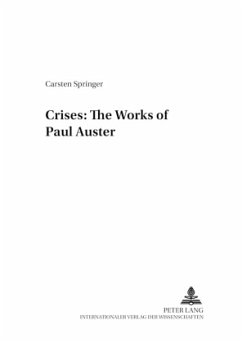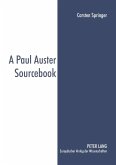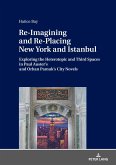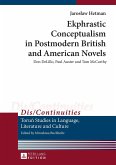Paul Auster's works enjoy a lasting popularity as examples of late-twentieth century American fiction. Auster criticism, however, has so far mainly focused on a few selected writings - notably the novels of The New York Trilogy, and Moon Palace - and their characteristics. The writer's overall theme as well as his recent works are rarely taken into consideration. This study closes the gap by providing a comprehensive appraisal of this author's complete oeuvre. By virtue of its detailed analysis of Paul Auster's central theme and delineation of its development, the writer's works can be positioned within the framework of contemporary American literature, and a tendency within the general development of postmodernist literature can be made out.
Bitte wählen Sie Ihr Anliegen aus.
Rechnungen
Retourenschein anfordern
Bestellstatus
Storno








